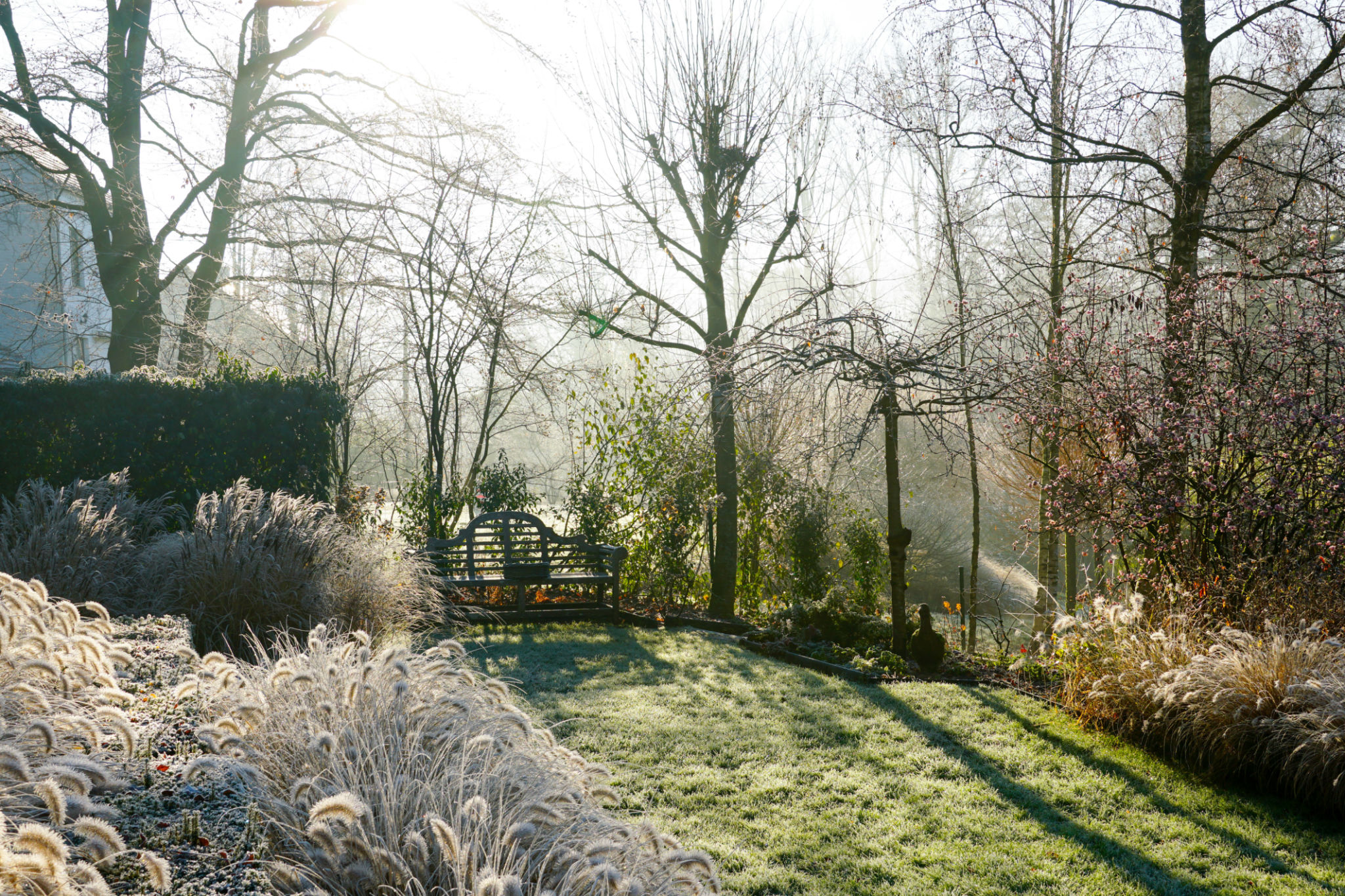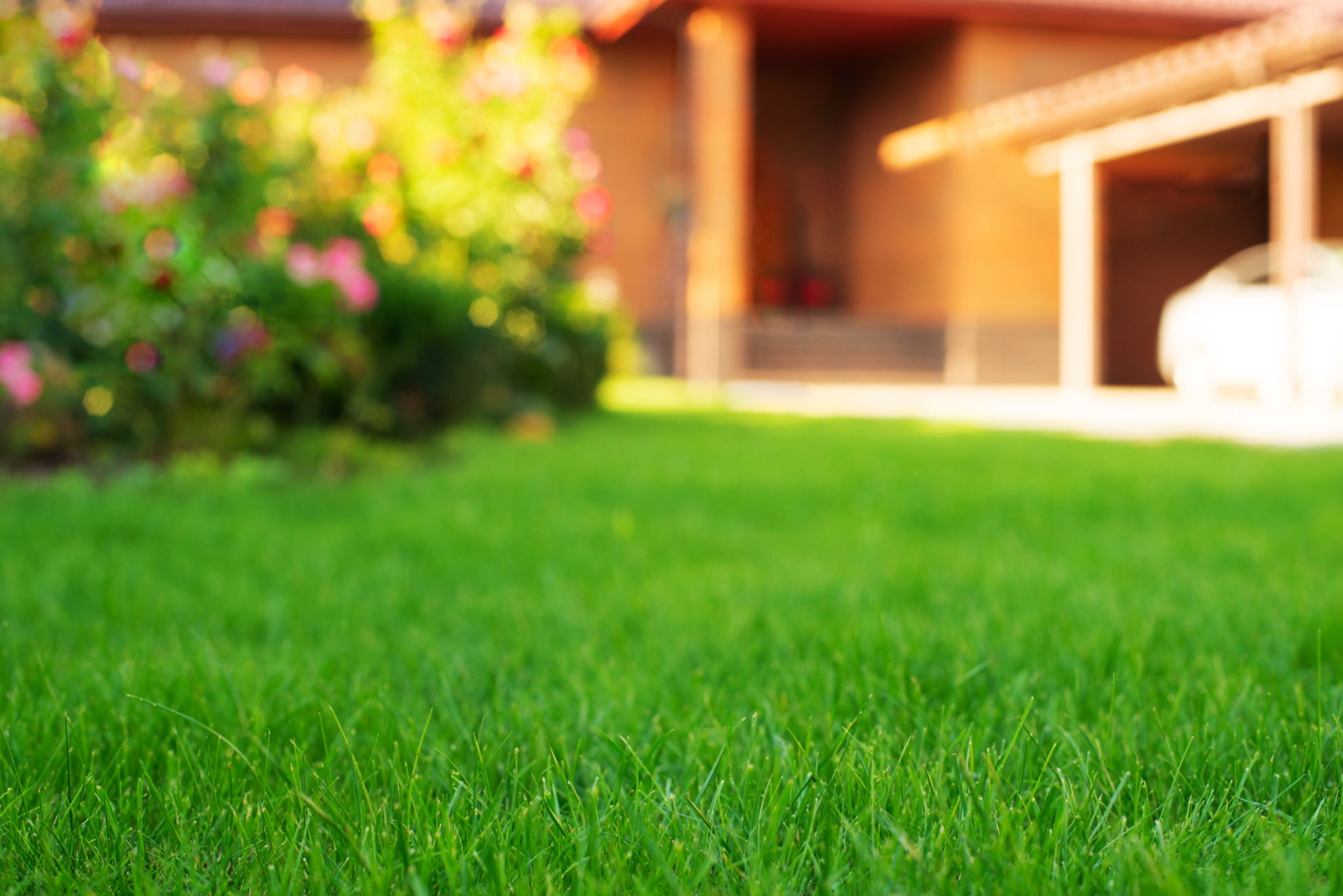How to Prepare Your Lawn for the Changing Seasons in Pennsylvania
Understanding Pennsylvania's Climate
Pennsylvania experiences a diverse range of weather conditions throughout the year. With cold, snowy winters and hot, humid summers, it's essential to prepare your lawn for these changing seasons. Understanding the climate is the first step in ensuring that your lawn remains healthy and vibrant all year round.
The state is characterized by its four distinct seasons. As temperatures drop in the fall and rise again in the spring, each season brings unique challenges and opportunities for your lawn care routine.

Fall Lawn Care Tips
Raking and Removing Debris
One of the most important tasks in fall is to regularly rake leaves and remove any debris. Leaves left on the grass can block sunlight and trap moisture, leading to potential fungal diseases. Make sure to keep your lawn clear to allow it to breathe.
Fertilizing Your Lawn
Fall is the perfect time to fertilize as it helps your lawn recover from summer stress and prepares it for the winter ahead. Choose a fertilizer high in potassium to boost root growth and enhance your lawn's ability to withstand harsh winter conditions.
Aeration and Overseeding
Aerating your lawn allows water, nutrients, and oxygen to penetrate the soil more effectively. Pair this with overseeding to fill in bare spots and improve overall grass density. This combination will ensure a lush, green lawn come spring.

Winter Protection Strategies
Winter can be harsh on your lawn, especially with frequent freeze-thaw cycles. To protect your grass, minimize foot traffic on frozen lawns to prevent damage. Additionally, apply a layer of mulch around flower beds and trees to provide extra insulation against the cold.
If you live in an area prone to heavy snow, consider using a snowblower or shovel with care to avoid damaging the grass beneath. Avoid using salt as a de-icer near grass areas as it can harm the soil and plant life.

Springtime Revival
Dethatching and Cleaning Up
As snow melts and temperatures rise, it's time to clean up your lawn. Dethatch to remove dead grass buildup, allowing new shoots to emerge. Remove any debris or fallen branches that accumulated over winter to give your lawn a fresh start.
Spring Fertilization
Early spring fertilization is crucial to replenish nutrients lost during winter dormancy. Opt for a balanced fertilizer that includes nitrogen for growth. This will help your grass green up quickly as temperatures warm.
- Test your soil's pH levels to ensure optimal growing conditions.
- Apply pre-emergent herbicides if crabgrass has been an issue in past seasons.
- Set mowing heights higher initially to avoid stressing young grass blades.

Summer Maintenance
During summer, your lawn requires regular watering—preferably in the early morning to minimize evaporation. Aim for about one inch of water per week, either from rainfall or irrigation. Adjust mowing heights slightly lower, but avoid cutting more than one-third of the grass blade at a time.
Monitor for pests and diseases that thrive in warm, humid conditions. Address any issues promptly with appropriate treatments to maintain a healthy lawn throughout the summer months.
